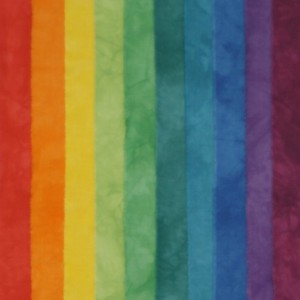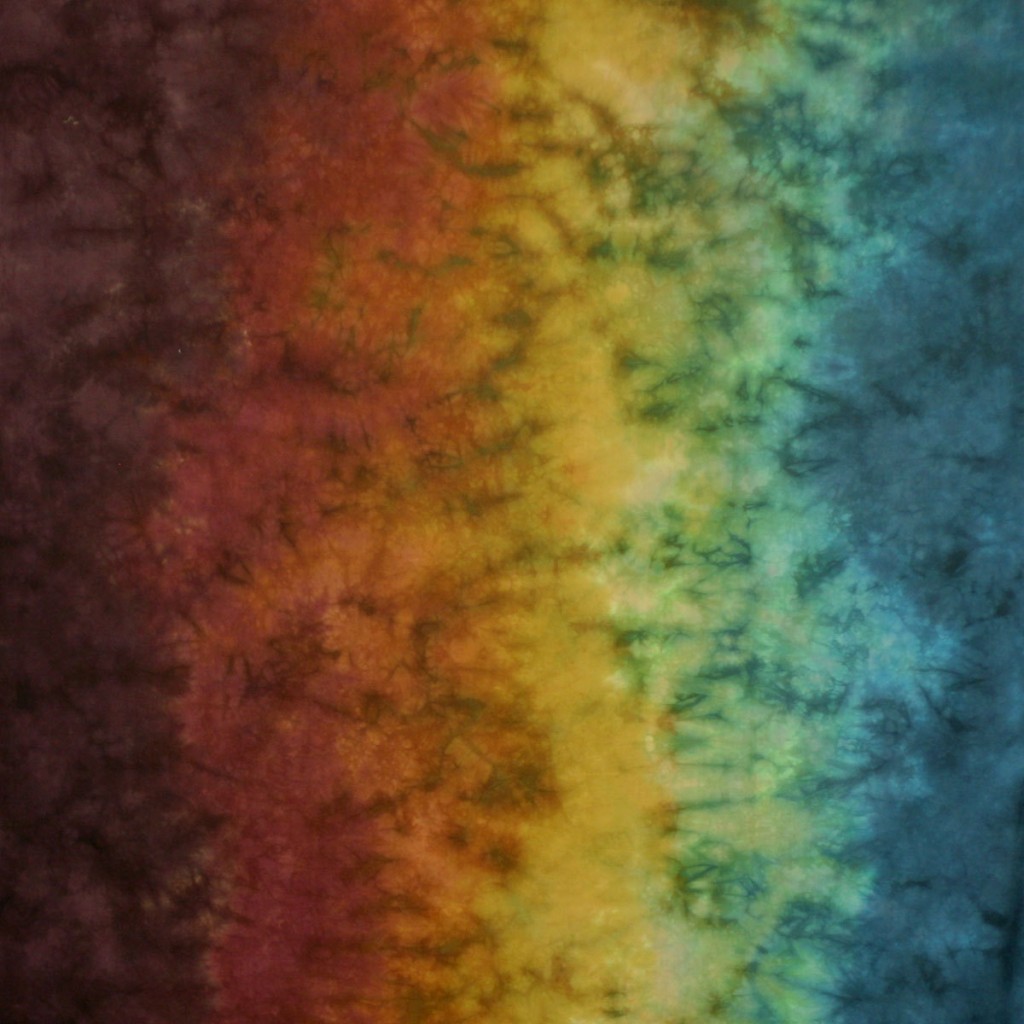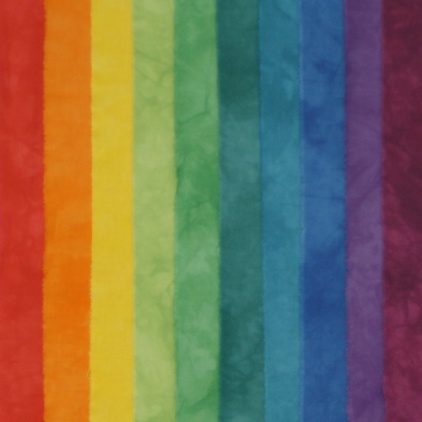
I have always made things. From my earliest memories the only gifts I ever wanted were fabrics and craft supplies. I was never encouraged to take art classes because I was a crafter, not an artist so I missed out on any formal training in how to see and use color.
Using Color Theory in Fiber Art
For years I made my own clothes and in the mid 1990’s I discovered quilting. Color was easy with clothing. I mostly made suits and office wear so black and blue made up the majority of my palette. When I switched to quilting, color became a huge challenge. I had no idea how to pick colors for my quilts and mostly relied on the fabric manufacturers to pick fabrics. I eventually had an opportunity to take a a class called Color Theory for Quilters. It was an all-day class and I could not figure out how the instructor was going to be able to fill an entire day talking about color.
Was I ever surprised! When I was telling a friend about the class my comment was “I need at least 5 more all-day classes to even get started understanding color.” It was like a first taste of chocolate. I walked out of that class wide-eyed and energized and completely overwhelmed about all the other things that I knew I needed to know. That one class over 15 years ago started me on a great journey to study color.
I followed that class a few years later with a 2-day value class with Hollis Chatelaine and have since read over 12 books on the subject.

Which Color Wheel Chart?
I became a little obsessed with understanding all of the different color systems and eventually started to understand the Subtractive, Additive and Partitive (Munsell) systems and how each is used.
Unfortunately in the quilt industry we are primarily being taught to use a Subtractive system based on the Ives Process Wheel. The author of the quilt books and tools in using this system says that the Process wheel is the right wheel for textile artists because it is the wheel used by manufacturers that print fabrics. That made no sense to me.
At the same time I started dyeing fabric and blending my own colors. I started to understand within my own work the difference between systems for color mixing and systems for perceiving color. I plan my fabric palettes using the Munsell system.

I found the New Munsell Student Color Set and was surprised to discover that the author, Jim Long, resided right here in Richmond, VA at that time. He is the retired Chair of the Film and Photography Department at Virginia Commonwealth University. I found his email address to ask where to find his book. That led to a few email exchanges. I eventually had to explain why this random person was so interested in color theory – a topic that he says most artists aren’t interested in at all! I told him about my background and the root of my interest (proclamations about there being only one right color system) and my conclusion that there are several that are right for different uses but that for fiber artists I felt that the Munsell system was most appropriate. Here’s what he had to say on that:
“Color theory can get a bit sticky because there are several systems. Regarding color wheels it is important to recognize that there are different types. The Munsell color wheel is based on human perception, NOT paint mixing. Artist color wheels generally are based on paint mixing, although pigments of the same color but different chemical composition will mix differently. ” – Jim Long
In my mind, that validated my own research and that’s why I primarily use the Munsell color system when I am making quilts and creating color palettes for my hand dyed fabric.

I now have a popular set of fabrics based on the 10-step Munsell Color Wheel.
About the Author
 Vicki Welsh is a retired insurance executive who now works full time dyeing fabrics and experimenting with color through quilts. You can see her work on her blog, Field Trips In Fiber and see her fabrics in her shop.
Vicki Welsh is a retired insurance executive who now works full time dyeing fabrics and experimenting with color through quilts. You can see her work on her blog, Field Trips In Fiber and see her fabrics in her shop.



Leave a Reply